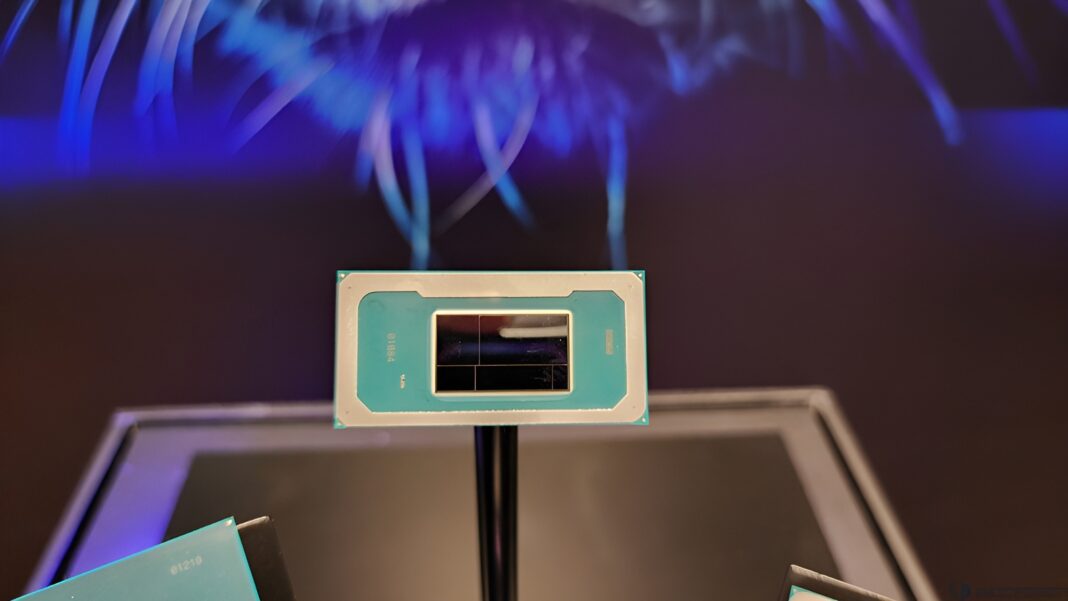Intel’s Panther Lake mobile CPU lineup is expected to drop in the upcoming months, and the platform is highly anticipated since it will feature the 18A process technology. There’s much to discuss on Panther Lake and an extensive roundup on what to expect.
There are several reasons why Intel’s Panther Lake will be a ‘decisive’ release for Team Blue, since, apart from the computing factors, there are financial and political implications for Intel, especially under the Trump administration. While linking PTL’s hardware capabilities to political factors isn’t the right move here, the lineup would likely decide how Intel’s 18A node has turned out, and it will also show us whether Intel Foundry can lead U.S. chip manufacturing.
Before we dive into the technicals, let’s discuss when Panther Lake SoCs will debut, since this is a somewhat ‘disputed’ topic. Based on what we know, Intel’s PTL variants are slated for Q4 2025, and there aren’t any delays anticipated yet; however, the important point to note here is that Intel plans Panther Lake HVM by Q1 2026, so it won’t be until next year before we see mainstream computing products adopting the platform. Of course, Panther Lake production depends on how the 18A process turns out, and we’ll talk about this ahead, including some ‘exclusive’ bits as well.
Intel’s Panther Lake Mobile CPU Lineup: Here Are The Expected Lineups & Their Specifications
Intel’s Panther Lake series will debut with the ‘Core Ultra 300’ series branding, since it is the next iteration of Lunar Lake, which has also been confirmed. Team Blue will stick with its Core Ultra naming scheme, which it initially introduced with Meteor Lake, and we do hope the SKU naming conventions are more straightforward to interpret with PTL.
Intel’s Panther Lake is an interesting lineup since we are getting Panther Lake-H and Panther Lake-U configurations this time, with no signs of Panther Lake-HX. Since the HX variants are known for their high clock speeds and power consumption, Intel likely wants to ‘ease’ the pressure with 18A’s first debut. In terms of architectural details, Intel’s Panther Lake will feature Cougar Cove P-Cores and Darkmont E-Cores, with a total of five tiles on the chip, including GPU, SoC, and IO Tile. So overall, in terms of the chiplet configuration, PTL is similar to Lunar Lake.
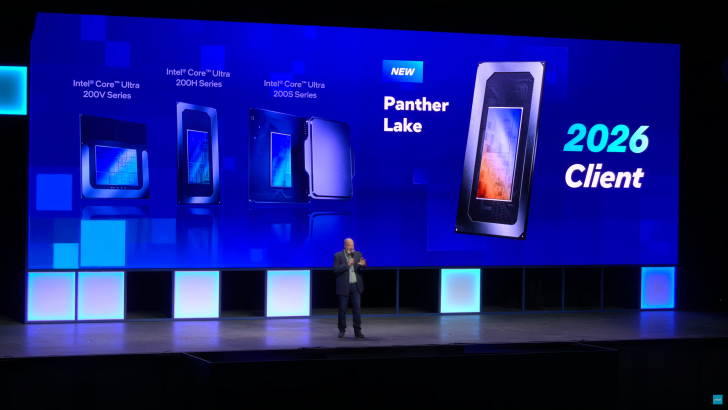
We are expected to see ‘LP-E’ cores on some Panther Lake SKUs as well, but they are expected to be for later variants, and the initial bunch of U/H variants aren’t expected to see them. In terms of what individual SKUs could look like, here’s a comprehensive table mentioning them according to previous rumors, including all PTL-H and PTL-U models.
Intel Panther Lake CPU Configurations
| Die SKU | P-Cores (Cougar Cove) | E-Cores (Darkmont) | LP-E Cores (Skymont?) | Xe3 GPU Cores (Celestial) | PL1 TDP | PL2 TDP |
|---|---|---|---|---|---|---|
| Panther Lake-H | 4 | 8 | 4 | 12 | 25W | 45W |
| Panther Lake-H | 4 | 8 | 4 | 4 | 25W | 45W |
| Panther Lake-H | 4 | 8 | 0 | 4 | 25W | 45W |
| Panther Lake-U | 4 | 0 | 4 | 4 | 15W | 45W |
| Panther Lake-U | 2 | 0 | 4 | 4 | 15W | 45W |
Intel is expected to retain four P-cores across most of the SKUs, and depending on how the firm plans to position the lineup, the primary changes will be made within E/LP-E core offerings. Memory support is another central area of improvement that isn’t discussed much. PTL is claimed to work with LPDDR5X 6800/7467/8533 MT/s speeds for memory support and DDR5 6400/7200 MT/s speeds. But this isn’t the only thing we are excited about, since PTL will significantly improve another key area.
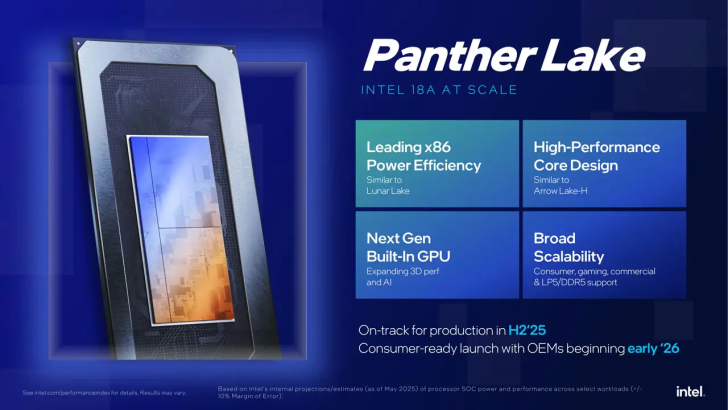
Panther Lake SKUs are expected to debut with Intel’s 5th-generation NPU (Neural Processing Unit), which is basically an AI engine dedicated to edge AI workloads. Based on rumors, we are looking at up to 180 TOPS of AI power, significantly higher than Lunar Lake’s NPU4 and exceeding competitor lineups such as AMD’s Strix Halo. This indicates that when it comes to AI PCs, Panther Lake will witness widespread adoption, driven by architectural improvements.
Of course, Panther Lake will debut with the Xe3 ‘Celestial’ graphics architecture, which will mark its debut in a computing platform. Xe3 is set to feature numerous upgrades over Xe2, and more importantly, it will show us about Intel’s upcoming ‘discrete GPUs’, which will also be based on Celestial.
Intel’s Xe3 ‘Celestial’ GPUs: One of The Biggest Upgrades With Panther Lake
One of Panther Lake’s biggest upgrades is the switch to the Xe3 ‘Celestial’ GPU architecture. Based on what we have seen in the past, massive upgrades are expected.
For example, the highest-end configuration for Panther Lake “Core Ultra 300” CPUs is expected to pack up to 12 Xe3 cores. Not only are these four more Xe cores than Lunar Lake, a 50% increment, but the new architecture will also help boost performance further, and we can expect new features and faster clocks. Of course, graphical computing has become much more important, ever since the race for APUs has become much more competitive, following lineups such as Strix Point and Strix Halo from AMD.
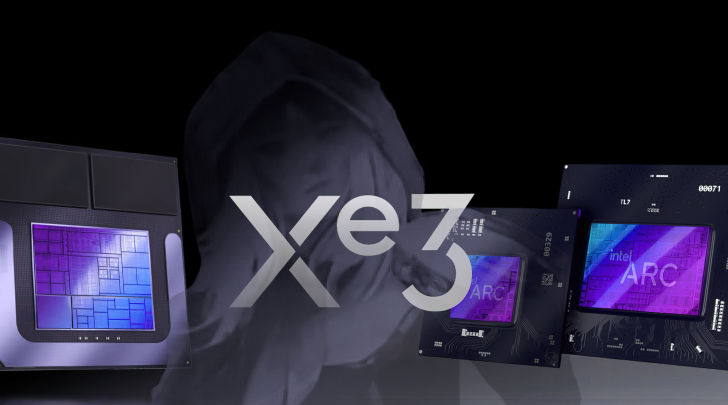
With Battlemage’ Xe2′ on Lunar Lake, we saw Team Blue closing the gap with AMD’s RDNA 3.5 iGPUs. Hence, with Xe3, the performance improvements will also be huge, mainly driven by higher Xe cores and premium configurations such as LPDDR5X memory onboard. And since Panther Lake is a ‘true’ 18A product, power consumption and efficiency figures would be a massive aspect for Intel, which would be necessary to nail down.
Xe3’s debut in Panther Lake chips will be a crucial factor for the success of Intel’s upcoming discrete GPUs as well, considering that after Battlemage, Celestial is expected to make an entry into the dGPU markets, which means PTL’s graphics performance is definitely something to look forward to once the SKUs arrive in the market. Numerous upgrades are planned with Xe3, such as advanced AV1 encoding, advanced XMX engines, and power behaviour.
Intel’s Panther Lake ‘Exclusive’ Demo and How the Lineup Will Shape the Firm’s Future Strategy
Interestingly, many of you might have missed vital coverage from WCCFtech while we were at the Computex showfloor. It was an ‘exclusive’ insight into a running demo of Intel’s Panther Lake SKU, and we showed our readers images of Panther Lake dies and the engineering sample specifications. The processor featured 16 cores and 16 threads, with 1.6 MB L1, 24 MB L2, and 18 MB L3, and somewhat controversial clock speeds, since it was an engineering unit, but nevertheless, the first look was pretty exciting.
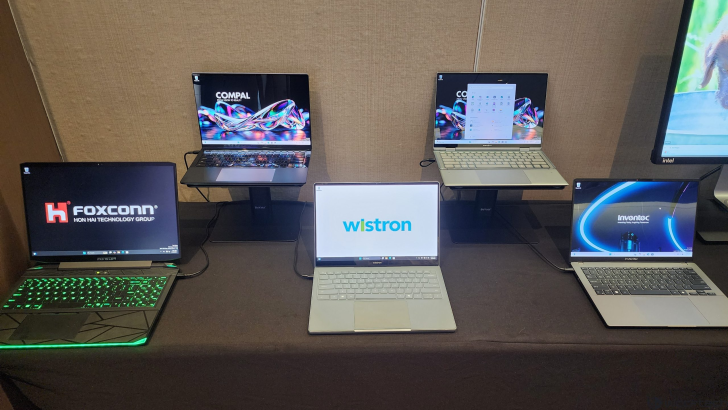
Back then, Panther Lake was in its development stages. Since the platform has just a few weeks before its official launch, we expect its current state to be much more refined. The important factor to note here is that PTL will likely tell us how 18A would turn out, and more importantly, will be a key product to determine where Intel’s product and foundry business is heading. This is a huge statement, but I say it with confidence. If Intel manages to nail Panther Lake and then Clearwater Forest, 18A will see a great reception from the industry.
Intel’s CPU business in general hasn’t been in the best of places, especially with the desktop segment, where the past few releases have been disappointing. Lunar Lake was a grand launch on the mobile front, but it wasn’t a ‘true’ Intel product like the upcoming Panther Lake would be. PTL will show us how far the firm has come under former CEO Pat Gelsinger and whether his ‘optimistic approach’ towards the ‘5N4Y’ process roadmap was right.
First Appeared on
Source link

